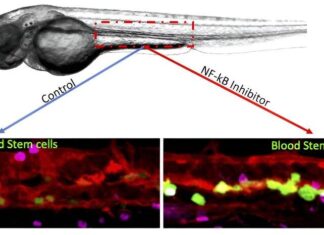India took a significant leap toward its ambitious goal of sending humans into space. On November 3rd, the Indian Space Research Organisation (ISRO) successfully tested the parachute system designed for the Gaganyaan astronaut capsule. This milestone test was conducted using an Indian Air Force IL-76 aircraft and a heavy simulator representing the actual capsule — weighing in at a hefty 7.2 tons.
The test unfolded at Babina Field Firing Range in Uttar Pradesh, with the simulated capsule released from an altitude of 1.6 miles (2.5 kilometers). Immediately upon release, the intricate parachute system sprang into action. Gaganyaan’s sophisticated deployment sequence involves a total of ten parachutes: two responsible for removing the protective cover, two stabilizing “drogues” to slow the descent, and three “pilots” tasked with deploying the three primary deceleration chutes.
These main chutes utilize a multi-step process culminating in a maneuver called “disreefing”—the complete inflation of partially opened parachutes. Adding an extra layer of safety, only two out of the three main parachutes need to deploy successfully for a safe landing.
Adding complexity to this test, ISRO chose to simulate an off-nominal situation by relying on just two main chutes during deployment. This rigorous testing scenario aimed to evaluate the system’s ability to withstand asymmetrical stress, a critical condition anticipated during actual mission descents.
The test yielded positive results. ISRO officials confirmed that the parachute system flawlessly executed its sequence, ensuring a stable descent and soft landing for the simulator. This success unequivocally validates the robustness of the parachute design.
This latest achievement marks another crucial step towards qualifying the Gaganyaan capsule for human spaceflight. However, numerous significant milestones remain before India launches its first crewed mission to low Earth orbit. These upcoming phases include three unmanned test flights carrying Vyomitra, a half-humanoid robot designed to gather critical data during the descent and landing procedures.








































